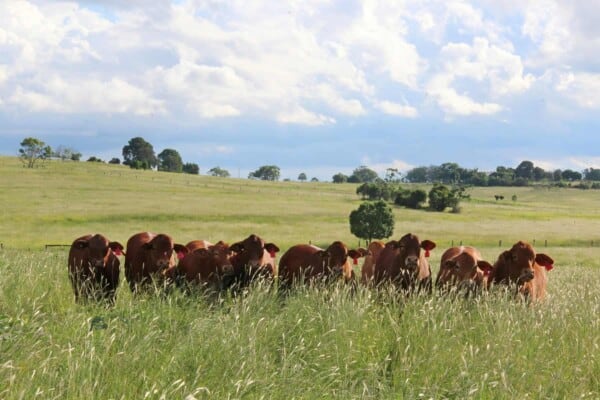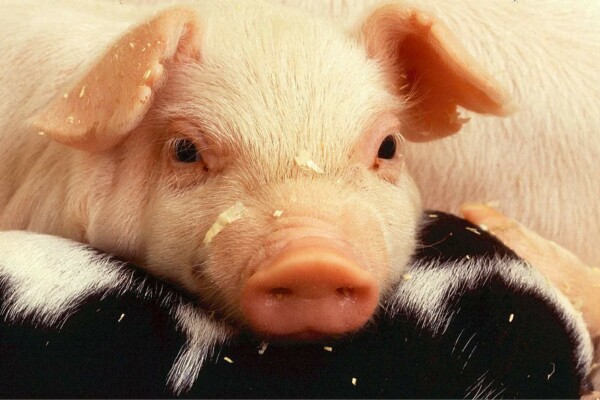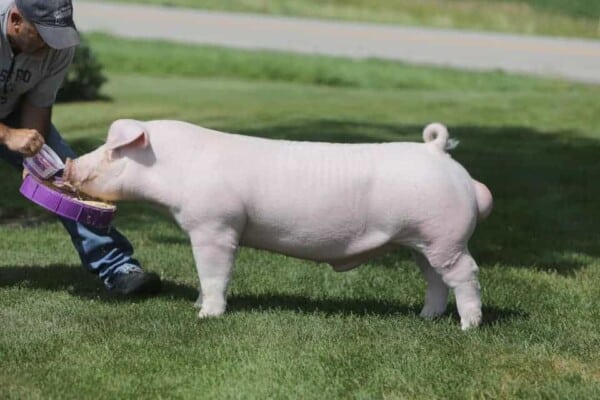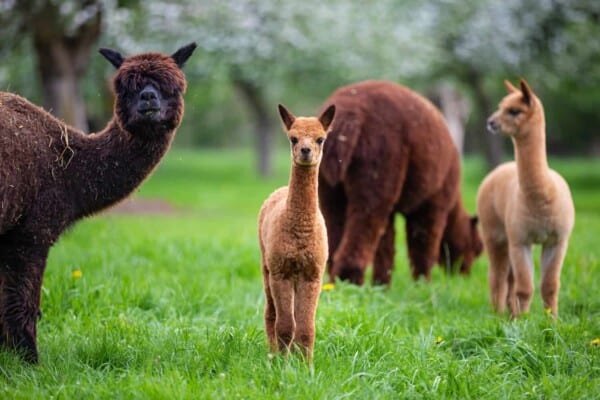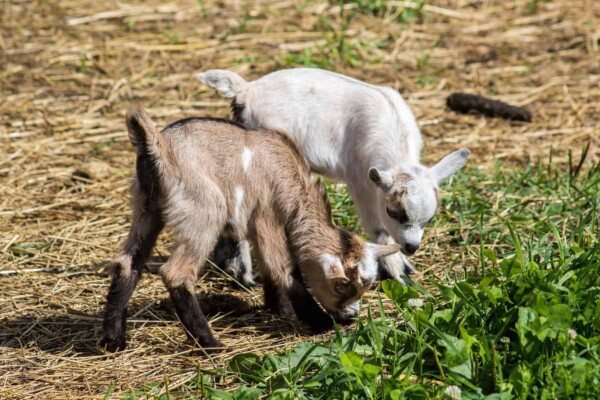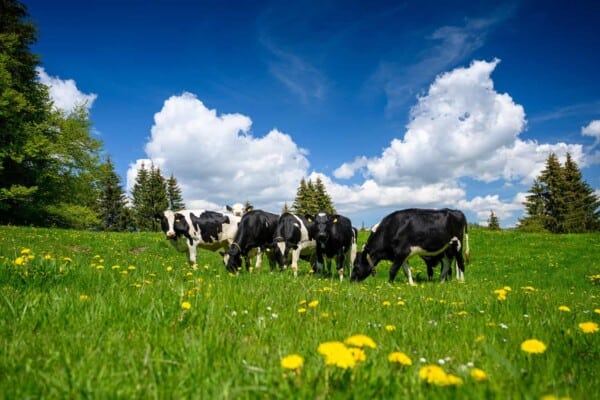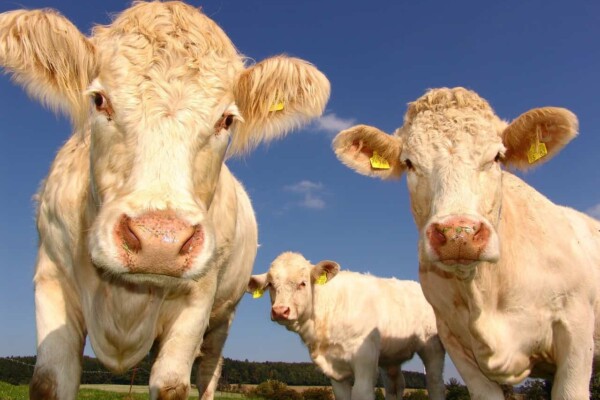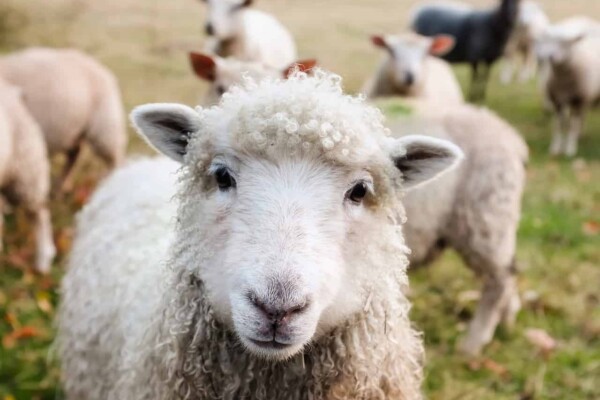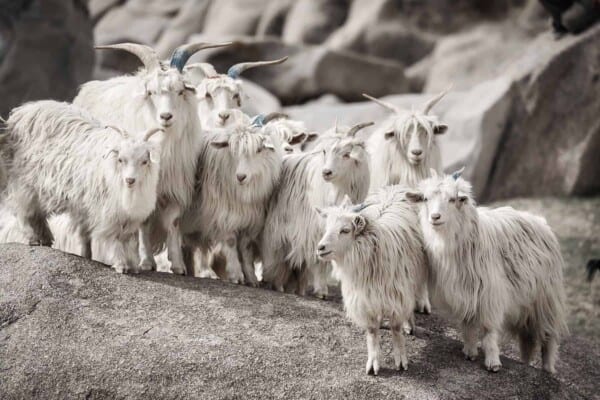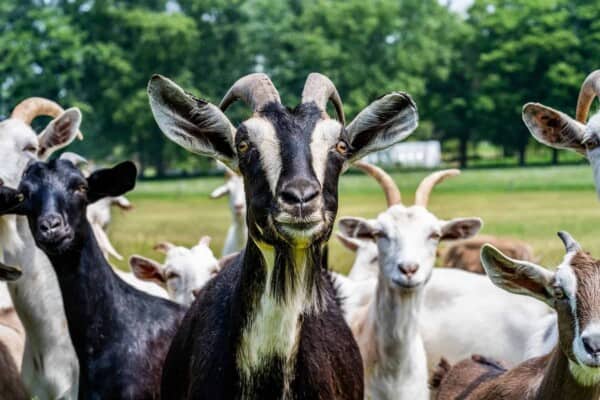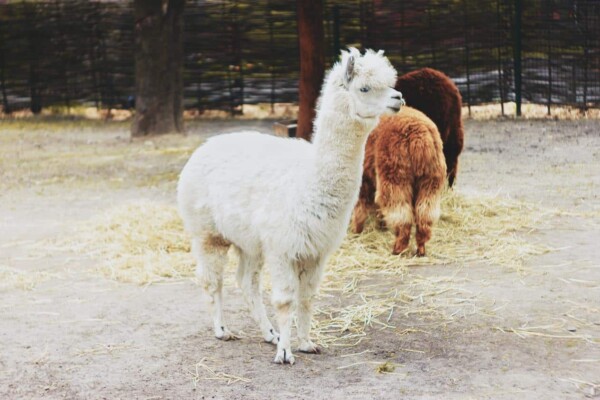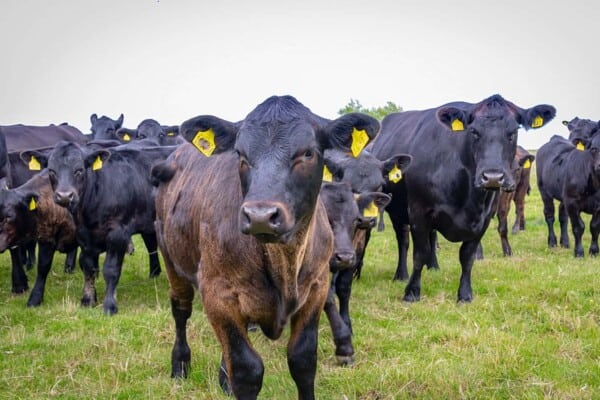If you’re looking to get into the farming business then you’ll most likely want to get your hands on a cow or two so that you can get things started properly.
Even if you prepare to solely get your income from the green you’re growing on your soil, you should always have a source of meat, milk, eggs and whatnot to make sure that you can really live the farmer’s life to its fullest.
But, as time moves on, it’s getting harder and harder to start up in the business because nobody really know what’s going on anymore.
The fact of the matter is that raising calves nowadays is completely different than what raising calves a hundred years was. Ask any old timer what they think they ought to do when raising a calf and you literally will get vastly different answers than what anyone nowadays would recommend you to do.
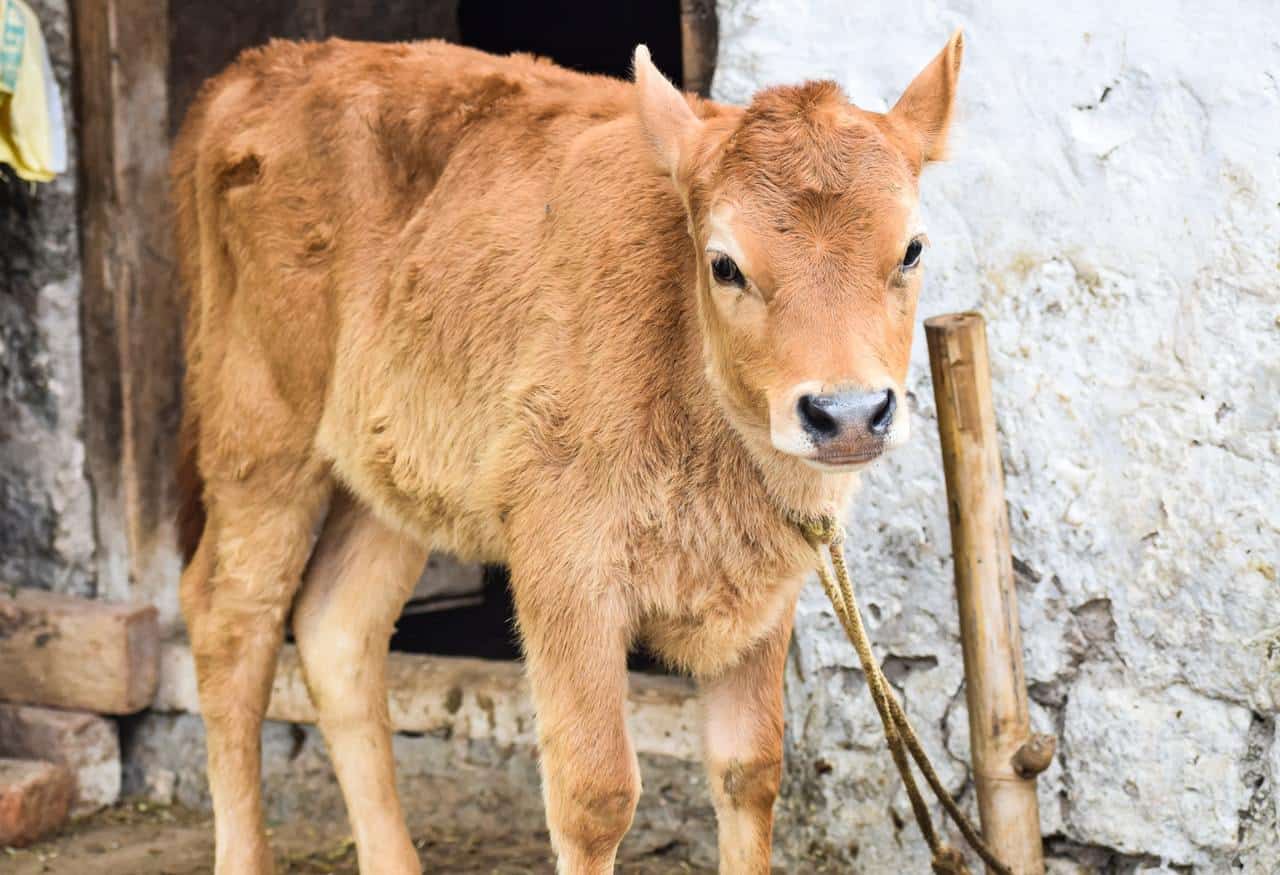
This is because the world has changed and the methods employed in raising your calf have adapted properly with the passage of time.
So, in order to get everyone to speed, for today we decided to show you exactly how you should be raising your calves the proper way, without suffering any losses whatsoever.
Yes, believe it or not but actually listening to the wrong sources can lead to your calf’s premature death which is why you need to take into consideration the fact that only the right advice is worth your time.
With that said, let’s jump right into what you need to know as far as raising calves goes. So, for starters:
Use Colostrum
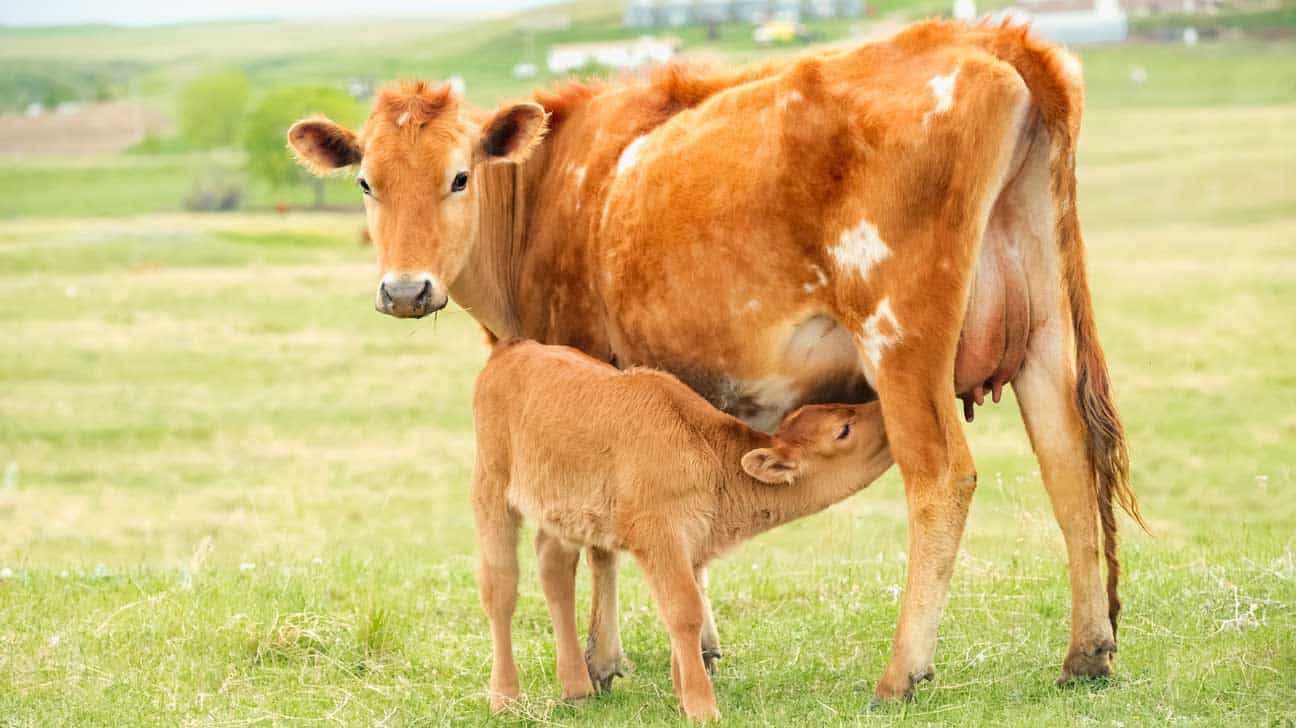
In case you didn’t know by now, colostrum is that certain substance that exists in a mama’s milk which makes it oh so delicious and healthy for the calf. Essentially, without this colostrum the calf cannot live, so ninety percent of the time the calf will die if given normal milk or they’ll grow up with a lot of health issues.
Similar to babies nowadays, it’s considered to be quite a common practice to use the milk from other mothers to make sure that the baby’s growing up nicely.
The fact of the matter is that there is a plethora of reasons as to why the calf’s original mama can’t provide milk anymore.
For example, the mama might have passed away during the birthing sequence, or in some cases the mama might have actually completely abandoned the calf for unknown reasons. Yes, that can happen and it does so a lot more than you’d think.
Regardless of what the motive is, what’s important here is that you know how to feed your calf so that it grows big and strong, turning it into a very important asset for your farm.
So, either get milk from another mama that has just recently given birth or buy an alternative from the market.
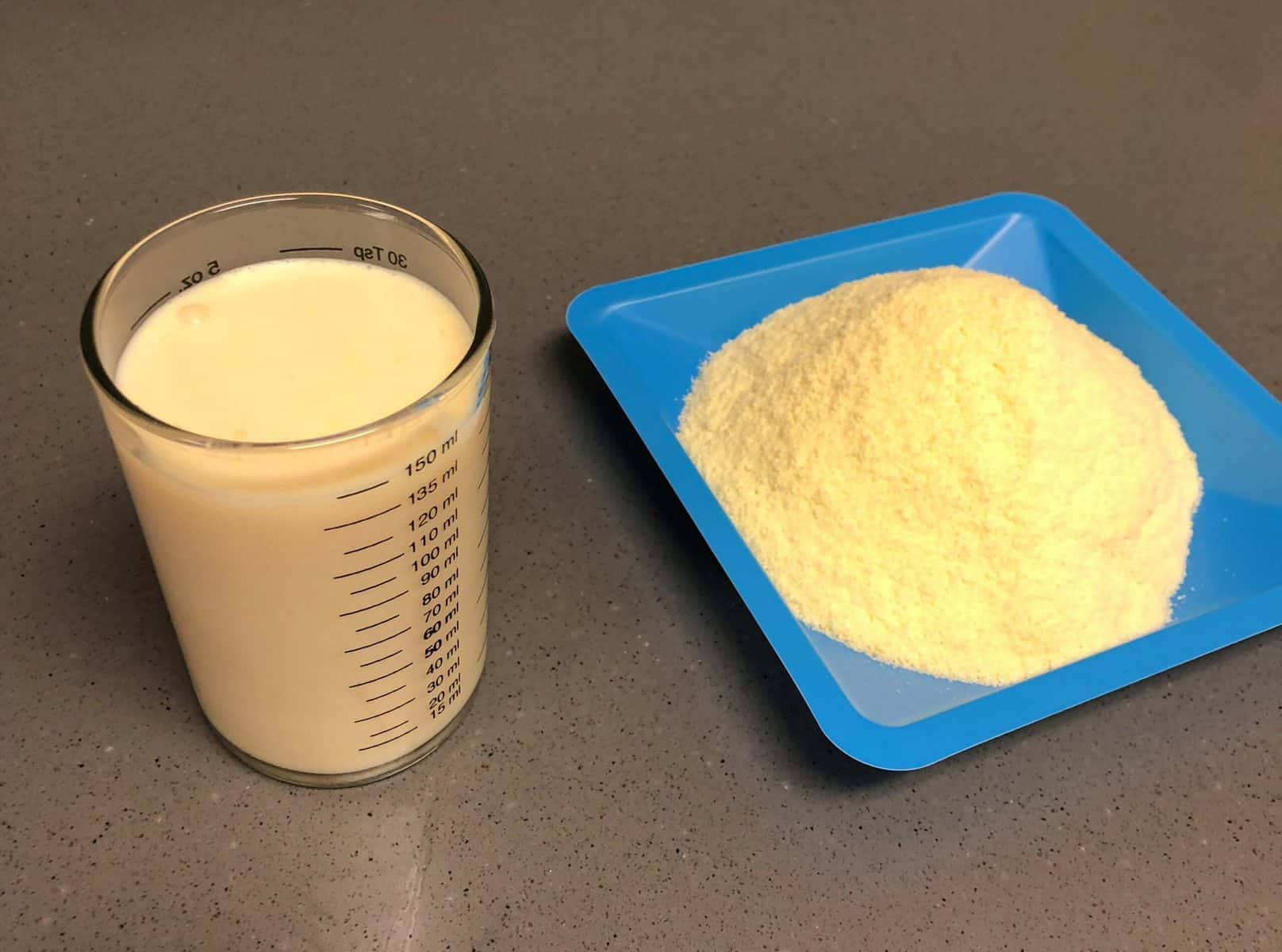
Beware though that if you’re looking to use any other alternative on the market you will need to make sure that the product is good enough for your calf.
When the calf is born it needs a lot higher quality milk than you’d think, and if you decide to save up on the money and get yourself some low-quality colostrum then you’ll find yourself actually losing a lot of money over the next couple of years as the calf grows up.
You can find good quality powdered colostrum substitutes everywhere, just know that during the first couple of weeks you’ll need to put in a lot more work so that the calf gets the best treatment around.
For example, while for an 8-week calf you can give practically any sort of colostrum substitute and they’ll be fine, more or less, a one-week-old calf will require a high-quality replacer with a lot more protein and fat to make it through the day.
We recommend that you go fishing for a replacement that has around 22 percent protein and 15 to 20 percent fat so that the calf gets the best of both worlds with this. On top of that we also recommend that you go for colostrum substitutes with low fiber content.
Get a High-Quality Calf Bottle and Nipple
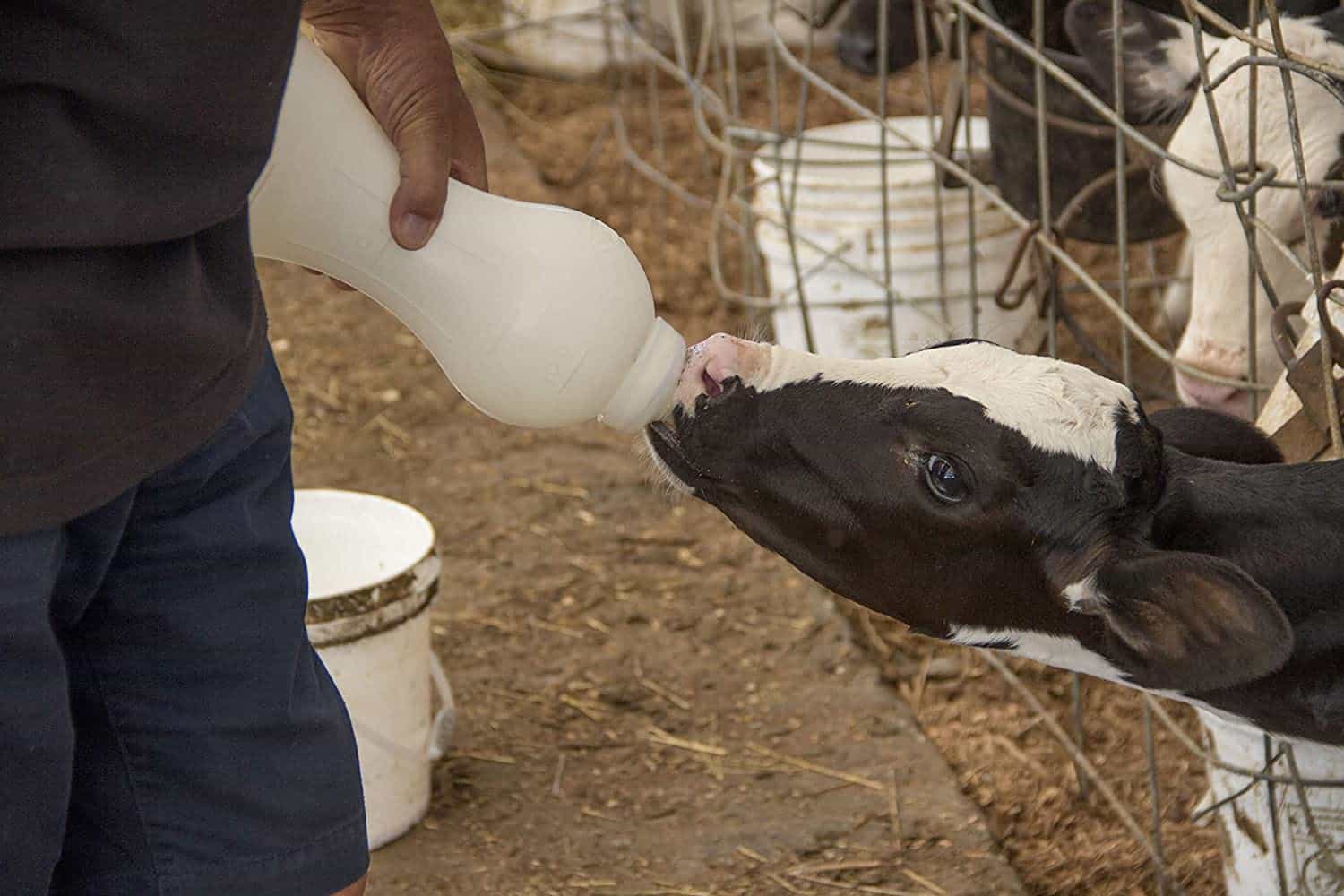
The fact of the matter is that calves don’t like fiber growing up, it’s actually quite bad for them to ingest a lot of it so make sure that the newborn gets as little of it as possible so that they can grow up nicely. On top of that, we also recommend that you use a proper bottle and lamb nipple to make sure that the calf gets to eat everything you give it.
Chances are that a very hungry calf will eat whatever you give it, but during those first couple of months they’ll fight you every step of the way until they realize that you’re trying to help them.
To make this process easier for you we recommend that you go for a high-quality bottle and nipple so that they can get adjusted to you being their new mama for now. Remember, you’re literally taking the place of the mama over here but that doesn’t mean that the calf has to treat you any different than they would normally if you were just a stranger.
The calf doesn’t know that you’re trying to help, which is why you need to invest in high quality products to make sure that they know that they’re not getting mistreated. This process will take a long time but eventually if you play your cards right, you’ll domesticate your calf in no time.
Each and every calf has a different sized mouth and they will respond differently depending on how large the nipple of your bottle is. Go for a lamb nibble if you want to get the best response, but if not, you can just go for a calf nipple instead.
Depending on how much you’re feeding the calf you might need to make the insertion hole at the end of the nipple bigger or smaller. Remember that you don’t want the calf to be spilling it all over the place but at the same time you don’t want it to struggle to get any milk out.
This takes practice and while we can’t give you the exact measurements that you’ll need to get the job done, we can recommend that you test it out and eventually find the size that the calf is responding the best with.
Be Careful!
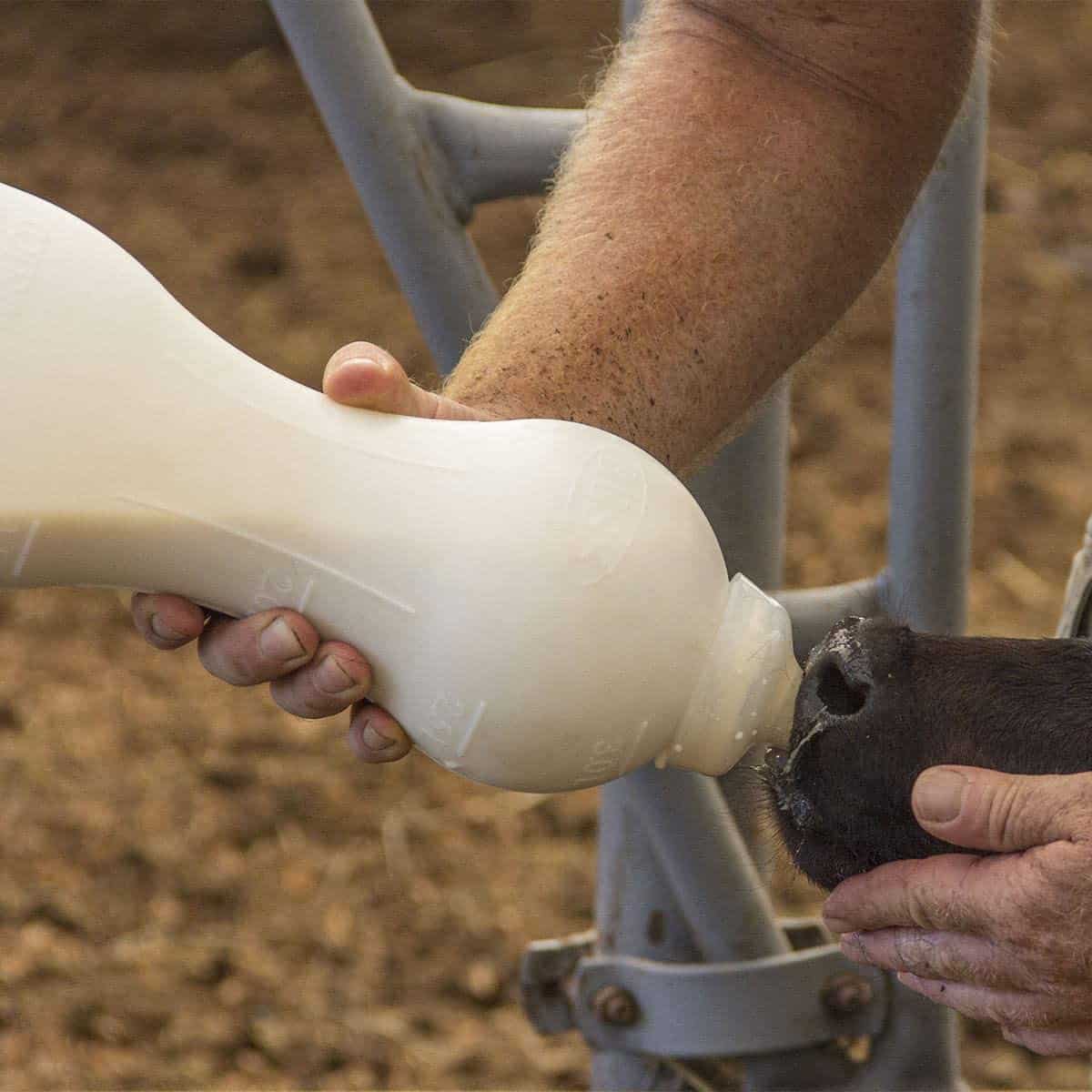
One of the main problems that most farmers that are just now getting a calf for themselves is the fact that they don’t know how to feed the calf so they end up pouring the milk down the calf’s wrong pipe.
This is extremely dangerous and should be avoided at all times. Doing this consistently will a hundred percent result in your calf actually developing aspiration pneumonia which will mean a lot of problems in the future.
These problems are both financial ones for you and health wise for the calf so make sure that you don’t mess this up because if you do, you’ll literally have ruined the calf’s whole life doing that.
Warm Up The Milk
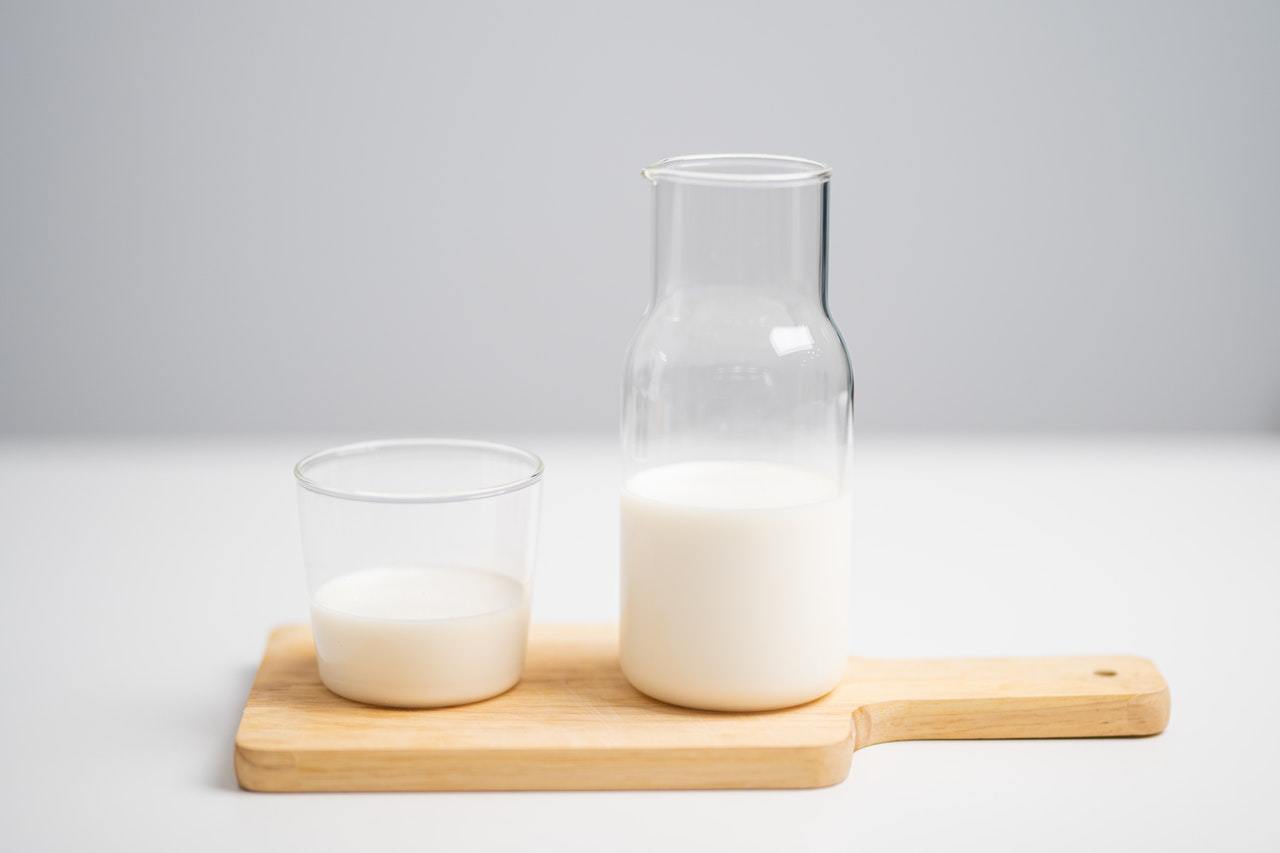
As obvious as this may be, many people believe that warming up the milk is not necessarily all that important, that it’s actually a lot more of just an inconvenience to make the experience better for the calf.
While in most cases it will not result in permanent damage to the calf, we still have to stress this out though: make sure that the calf’s milk is warm enough so that you can hold it while not getting burned and yet still feeling its warmness emanating from inside the bottle.
If the temperature isn’t warm enough chances are that the calf will not drink it. Even if the calf is actually starving at the moment, it will refuse to consume the milk and instead it will just run away the whole time not understanding that you’re there to help it.
On the other side of the spectrum you can warm up the milk too much which will result in the calf actually burning its mouth as you’re feeding it. This is even worse than not warming it at all because you can actually hurt the calf which will result in health problems and most importantly, a lack of trust in you.
As silly as it may sound, if the calf doesn’t think you’re doing it any good then it will run away from you at all costs which is not what you want from your calf. A friendly calf is very easy to maintain and just a general joy around the farm while a scared and anxious calf can easily injure itself running away from you.
Make sure that this doesn’t happen by warming up the milk so as to make sure that it’s perfect for the calf. Remember, a calf’s body temperature is around 101.5, a little bit higher than the average human body temperature, meaning that you’ll need to make it a bit warmer than what you’d consider to be “warm”.
Immobilize the Calf
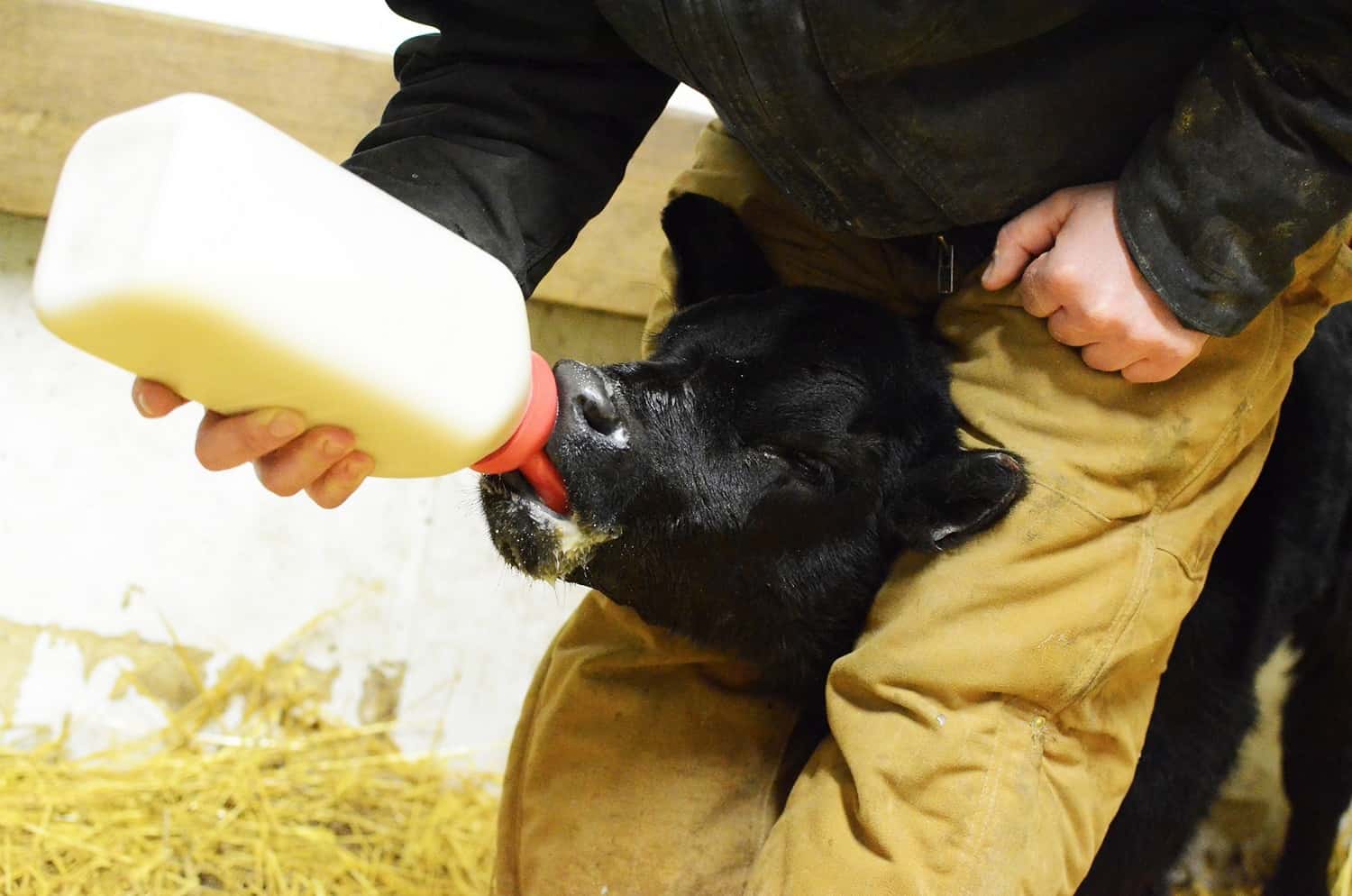
One of the main issues that most new farmers actually deal with is the fact that they’re afraid that the calf will run away and hurt itself while they’re trying to feed it.
This will always be a problem, it’s not like you can just magically create a bond with the poor mini cow during your first day together on the farm.
So, what you’ll need to do here is you’ll need to help the calf by immobilizing it and making sure that it can’t hurt itself until it gets a taste of the milk. After it tasted the milk, the calf will stop trying to run away and instead it will stay there ready to suck up all the milk you’re offering it.
So, how do you actually immobilize the calf? Pretty simple, really. Just go next to the calf and grab it by the head. Don’t be afraid to be a bit more physical here, sure, it’s a baby you’re manhandling right now, but it still has enough strength to throw you around if you’re not careful.
So, after you grabbed it by the head, get its head in between your legs and squeeze gently. Make sure that the calf cannot actually hit you in the groin by pulling its head out so that you’re holding onto it by the neck with your legs.
This will seem quite brutal at first but it’s all because otherwise the calf will be hurting itself. Remember, at the moment this is a wild animal you’re dealing with and a scared one at that too. If you were to just let it go at that moment it could run away and hit its head on something and calves can easily crack their skulls if they smack into a wall full speed.
After you’ve successfully immobilized it try putting the bottle’s nipple in its mouth. This will be hard and frustrating but the moment the calf tastes the milk it will abandon its attempts to free itself and eventually concentrate entirely on eating.
Do this for a couple of weeks, maybe a couple of months for some calves, and eventually the calf will understand that you’re doing this for its benefit and it will not run away anymore.
This is how you create that special bond with the little bugger, it’s during these rough couple of weeks that you establish the fact that you’re there to help and that you’re basically their new mama.
Use a Tube to Feed the Calf
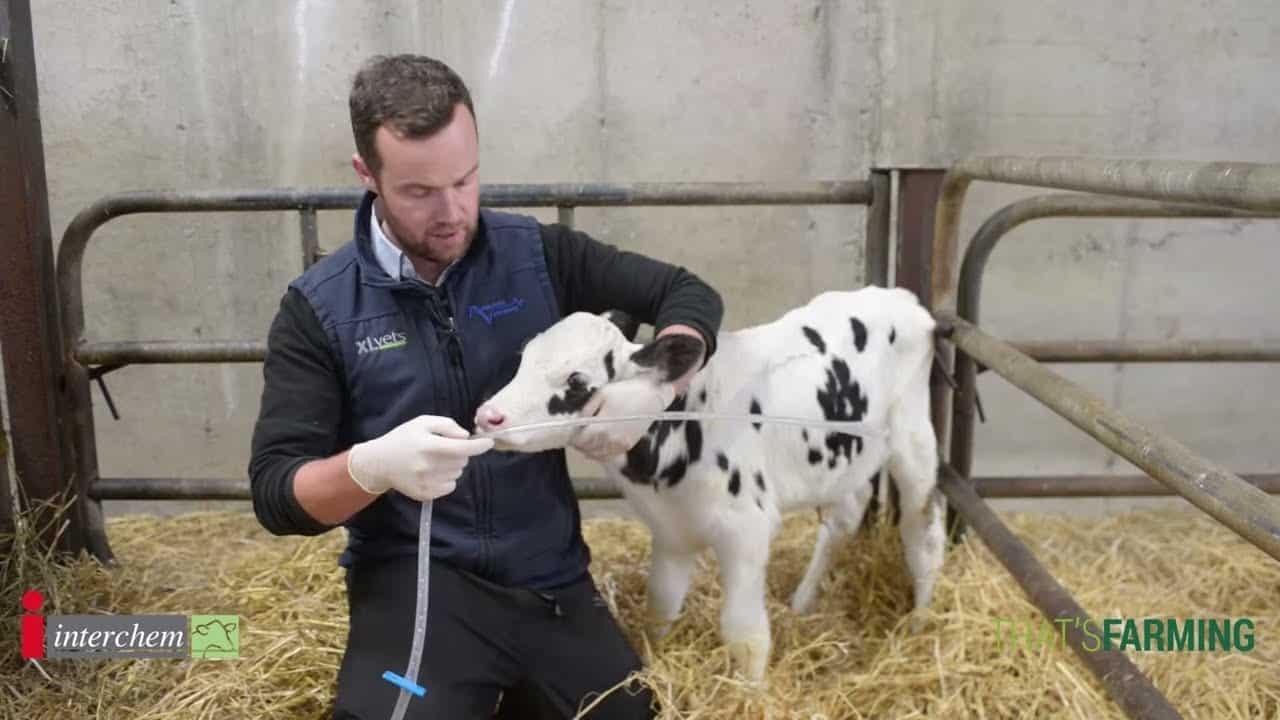
If you find it impossible to actually feed the calf using a nipple bottle then it might be time to use a calf feeding tube instead.
This is a little more difficult to do but once you get the hang of it, you’ll be able to do it every time the calf needs to be fed.
Essentially you need to buy a nasogastric tube or an esophageal feeder probe which will direct the milk straight into its stomach. Similar to when you feed the calf using the nipple method, it will eventually learn that this is for its own benefit and before long it will stop running away from you altogether.
Gradually Teach Them to Eat Solid Food
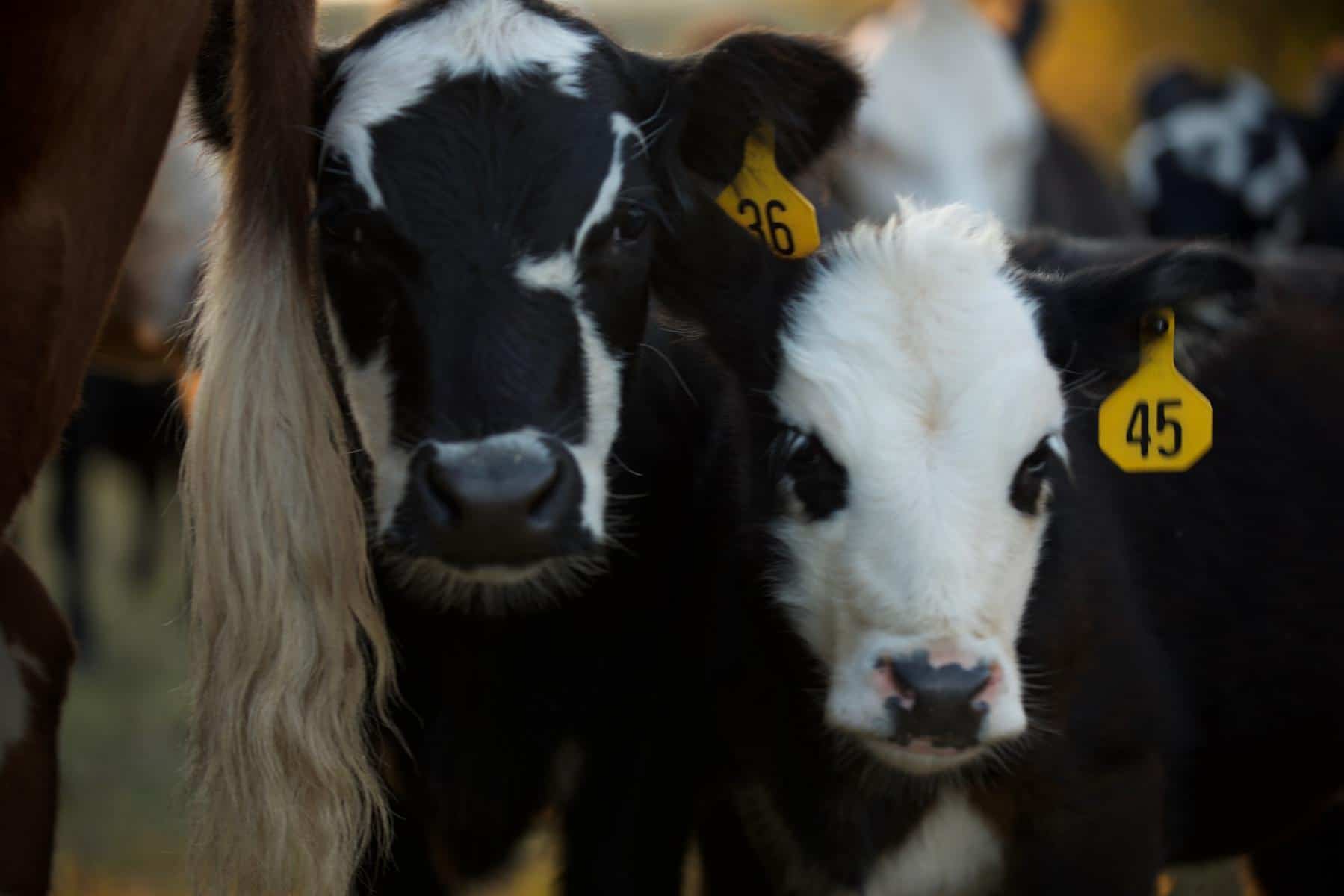
This right here is a very tedious part that will take quite a long time to do. Usually, the calf will mimic its mama by nibbling everything that its mama is munching on, such as hay, grass or even grain.
The more the mama eats, the more the calf will try out. This in itself will be an easy process for any naturally raised calf but if the calf’s mama is gone you’ll have to take that spot instead.
While you cannot just go on and eat hay all day long next to it, what we can recommend is that you pick up some and just shove it into the calf’s mouth.
The calf will undoubtedly hate it at first, after all, it doesn’t taste anywhere near as good as the milk does and more importantly, it’s nowhere near as easy to consume as the milk they’ve been eating all this time.
So, it will fuss up and run away for a while, not understanding that you’re doing this for their own good. Don’t get discouraged though, this will take quite some time until the calf will completely give in and start eating on its own, but after it gets past those first couple of weeks they’ll be primed and ready to eat all on their own in no time.
But remember, you shouldn’t stop feeding your calf milk just because they like to nibble on hay themselves. Hay at this point isn’t enough to feed them, they’re likely only doing it because you’ve taught them to so they’re not really eating anywhere near enough.
Make sure that they’ve gotten their fill and even reward them with milk after you feed them some forage along with some grain pellets to encourage them to eat more of it.
Conclusion
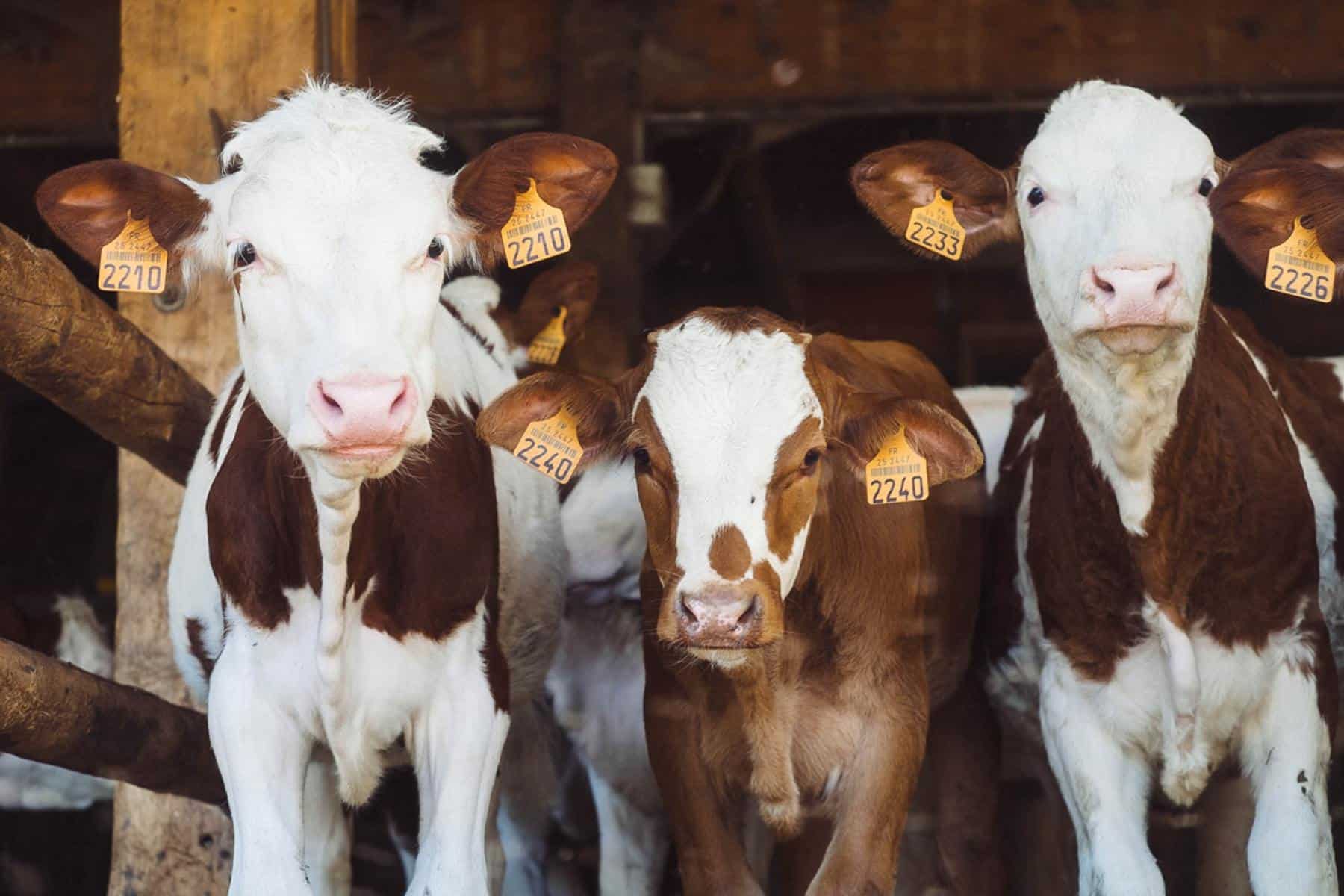
So, there you have you, you should be up to date on the proper manner of how to properly raise your calf by now. The process itself isn’t all that hard to understand, but trust us when we tell you that you’ll likely lose your mind trying to educate junior over there on what to eat and what not to eat.
But, remember, a calf isn’t exactly the type of an animal that you get just for the milk alone, it is one of those staples of a good farm that you’ll need both for advertisement and honestly just for yourself too.
A cow is a great animal to have around your farm because of how useful it is. You get everything you could possibly ask for from a cow and more, so remember, these grueling first couple of weeks are tough, but after you’re through with them you’ll have your very own Betsy ready to give you high quality natural milk every day.

